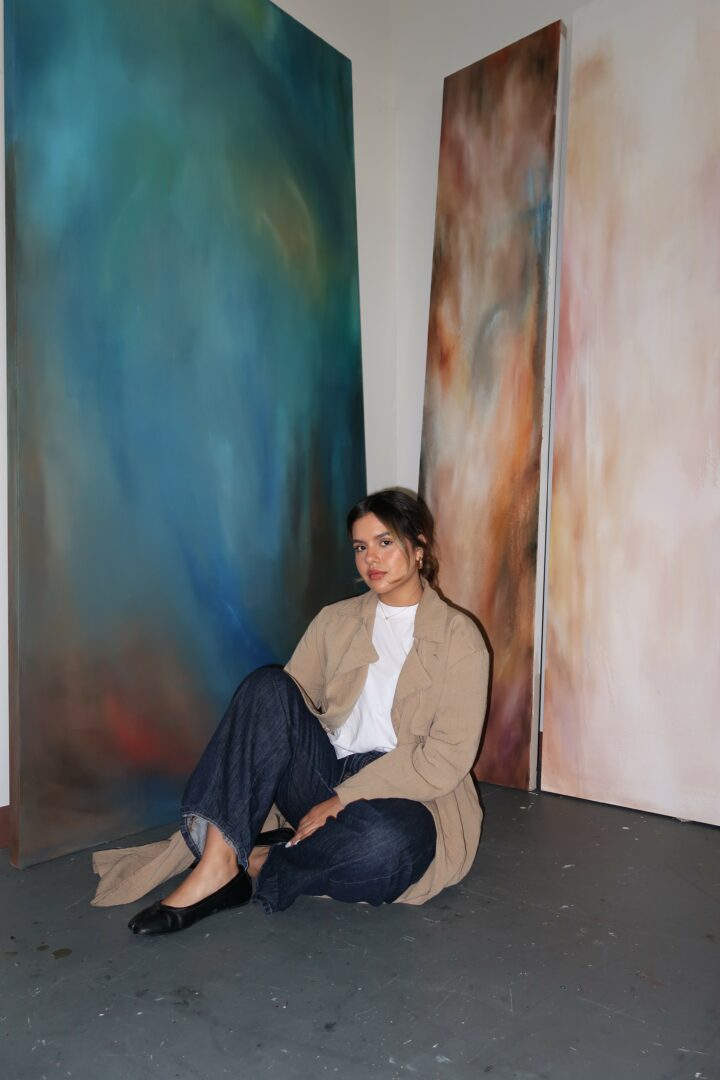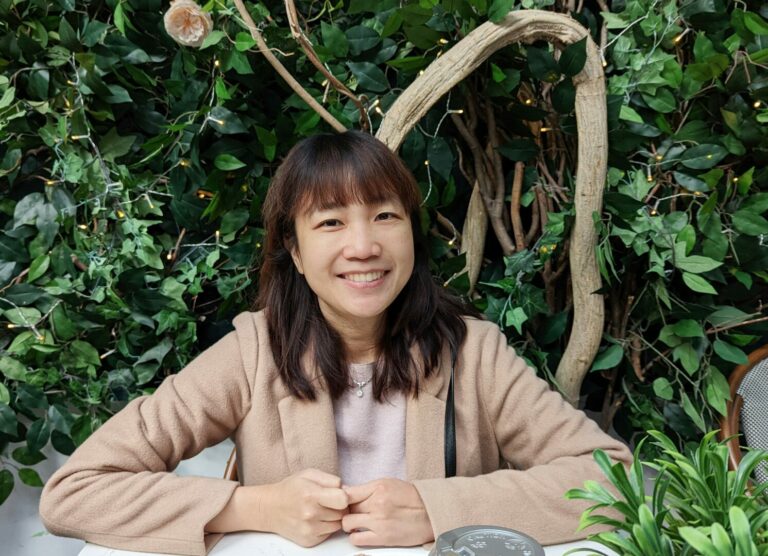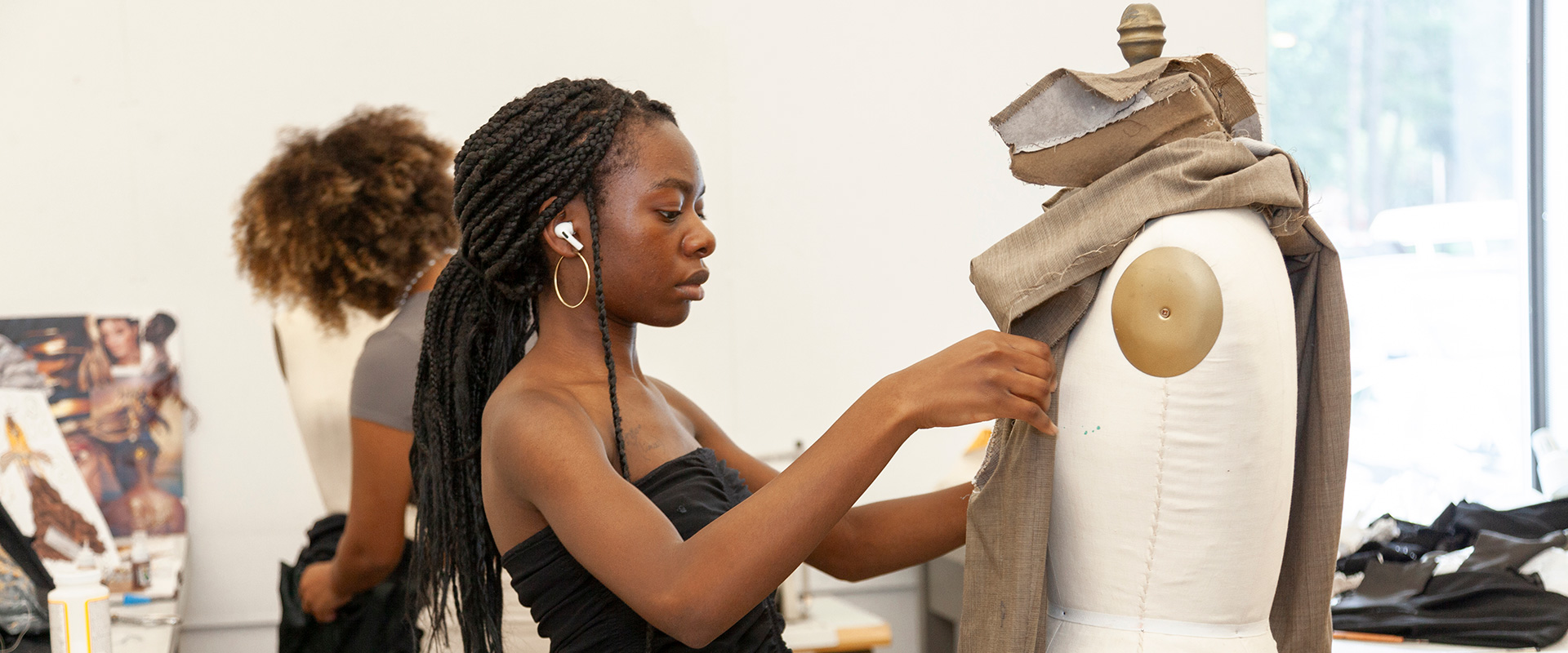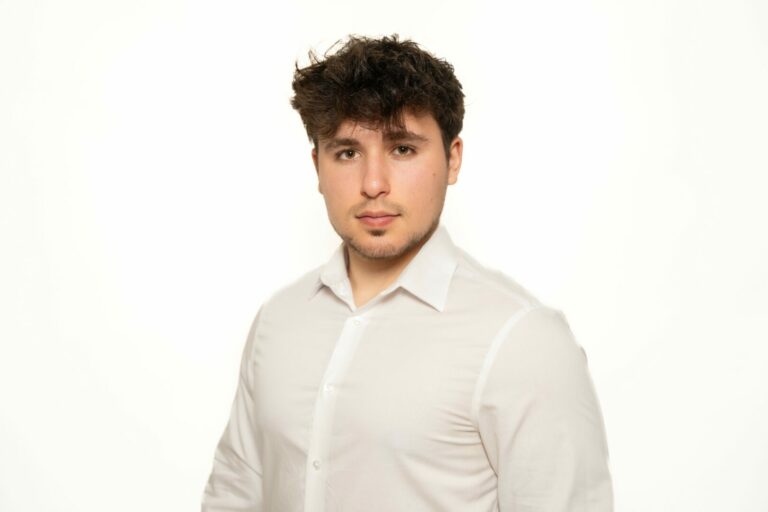We were lucky to catch up with Natalie Valencia recently and have shared our conversation below.
Hi Natalie, great to have you with us today and excited to have you share your wisdom with our readers. Over the years, after speaking with countless do-ers, makers, builders, entrepreneurs, artists and more we’ve noticed that the ability to take risks is central to almost all stories of triumph and so we’re really interested in hearing about your journey with risk and how you developed your risk-taking ability.
I developed the ability to take risks through experience—both in life and in the studio. Participating in artist residencies abroad and exhibiting during Art Basel Week pushed me out of my comfort zone in the best way. Being in unfamiliar places, working with new materials, and sharing vulnerable work with an international audience taught me that risk is part of growth. In the studio, I challenge myself to experiment—whether through scale, color, or concept. I’ve learned that following your intuition and trusting the strength of an idea can be the most powerful risk of all.
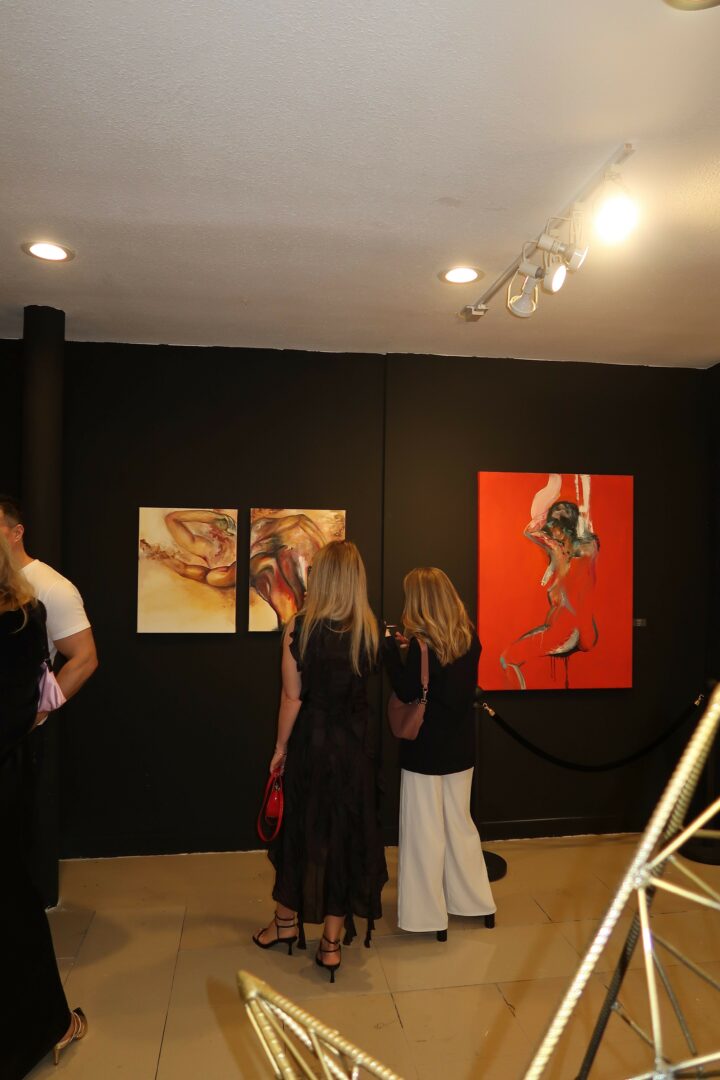
Thanks for sharing that. So, before we get any further into our conversation, can you tell our readers a bit about yourself and what you’re working on?
I’m a Brazilian-American artist based in Miami, working primarily in oil painting with a focus on large-scale abstract and figurative work. My process is shaped by my cultural heritage, lived experience, and an ongoing dialogue with the natural world. My practice is a balance between instinct and reflection, often guided by intuition, movement, and color.
What’s most exciting for me is creating work that invites people to feel something deeply—as if they’re entering a space that holds emotion, spirit, or memory. There’s a quiet spirituality in that exchange, and I love when viewers connect with the work on their own terms, walking away with something they didn’t expect.
Last year, I exhibited during Art Basel Week in Miami and completed a residency across Europe, which culminated in a final group exhibition in Paris. I’m currently preparing for an upcoming group show at the Frederick R. Weisman Museum of Art in Malibu, California. The exhibition opens on April 17th at 5:00pm PST and runs through May 3rd. If you’re local or planning a visit, I’d love for you to experience the work in person. For those unable to attend, a digital viewing will be available through the Bloomberg Connects app.
https://links.bloombergconnects.org/6Ggw/rmv7gzas
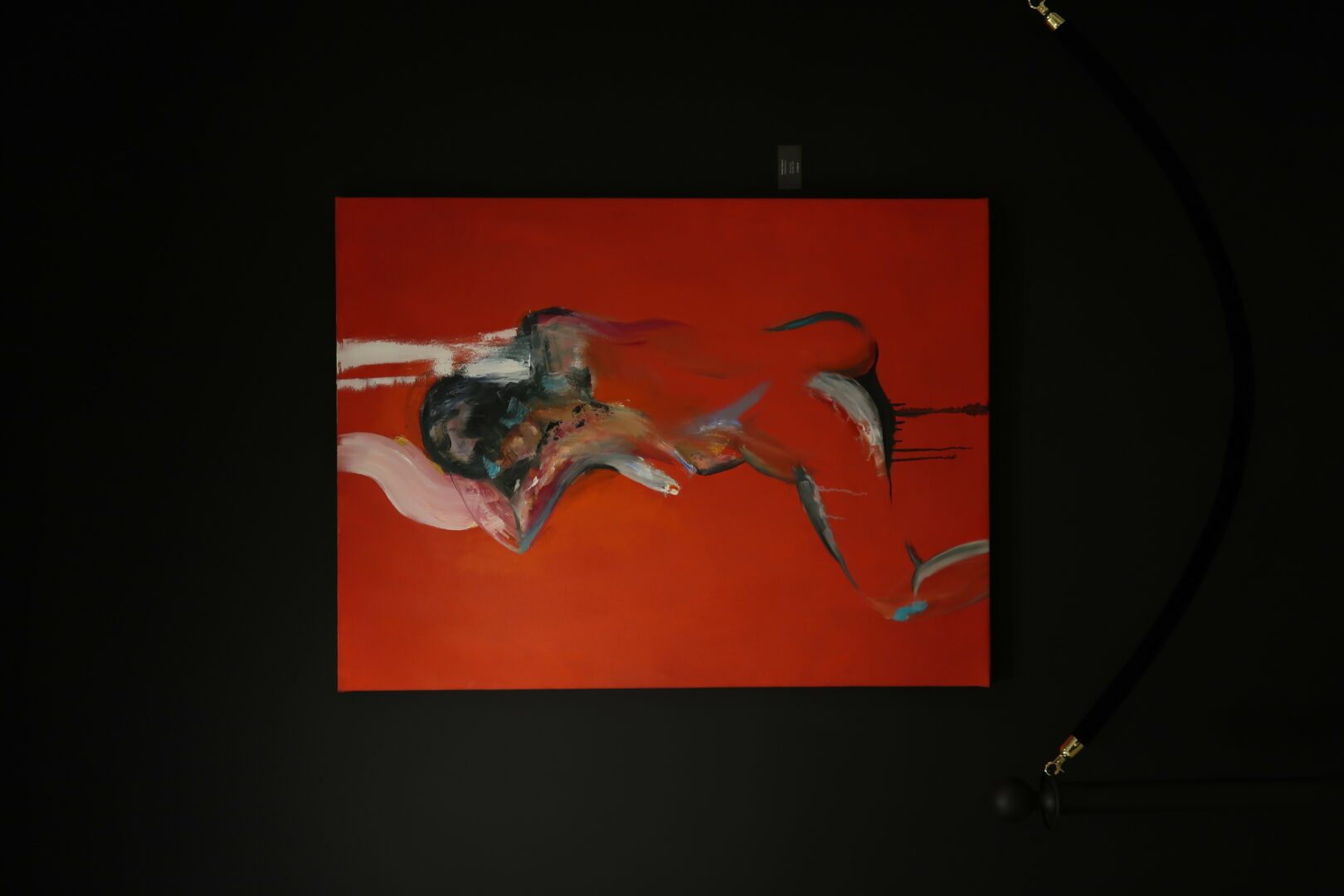
If you had to pick three qualities that are most important to develop, which three would you say matter most?
Looking back, the three most impactful qualities in my journey have been authenticity, resilience, and perseverance. Staying authentic—both to myself and to my artistic voice—has helped me create work that feels meaningful and connected to something deeper. Resilience has been essential, especially in moments of uncertainty or rejection. And perseverance has carried me through the long hours in the studio, the vulnerability of showing my work, and the challenges of navigating the art world.
For those just starting out, my advice is to stay curious and stay true to your vision, even when it feels unclear. Develop a strong relationship with your practice—show up for it consistently, even when inspiration feels far away. Keep learning, stay open, and don’t be afraid to grow slowly. The most powerful work often comes from trusting the process and not rushing the outcome.
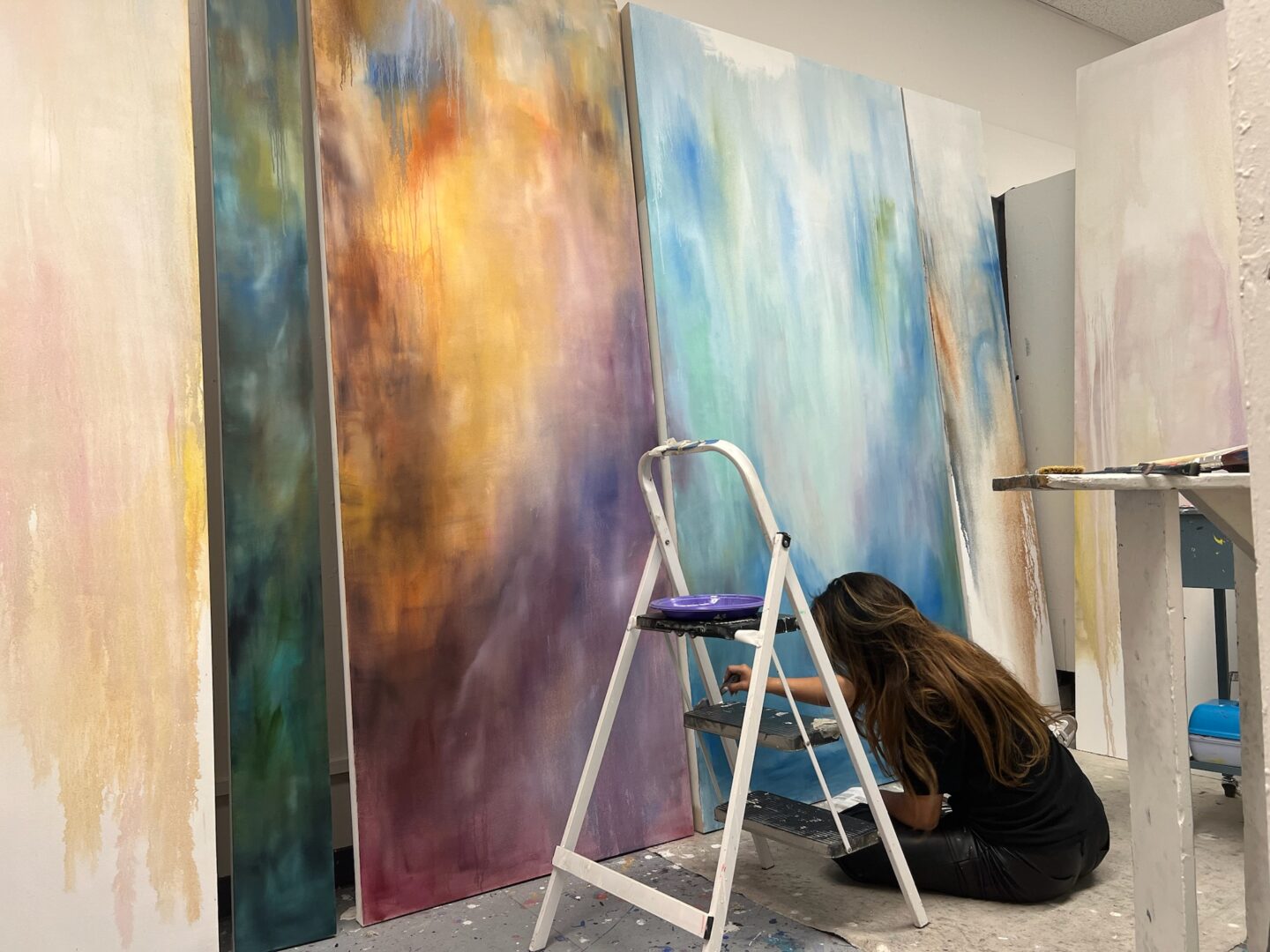
Thanks so much for sharing all these insights with us today. Before we go, is there a book that’s played in important role in your development?
One book that has played an important role in my development is The Creative Act: A Way of Being by Rick Rubin. It reframed creativity not as something you chase, but as something you open yourself to. One of the most impactful ideas for me was the concept that the artist’s role is to be a vessel—to stay present, observant, and connected to the moment, allowing the work to come through rather than forcing it. I also loved Rubin’s idea that art doesn’t have to be loud to be powerful—that subtlety, silence, and honesty can hold just as much weight. It reminded me that presence and intention are often more meaningful than perfection.
Contact Info:
- Instagram: https://www.instagram.com/brushedbyvalencia?igsh=NTc4MTIwNjQ2YQ%3D%3D&utm_source=qr
- Linkedin: https://www.linkedin.com/in/natalie-valencia-7b6baa223?utm_source=share&utm_campaign=share_via&utm_content=profile&utm_medium=ios_app
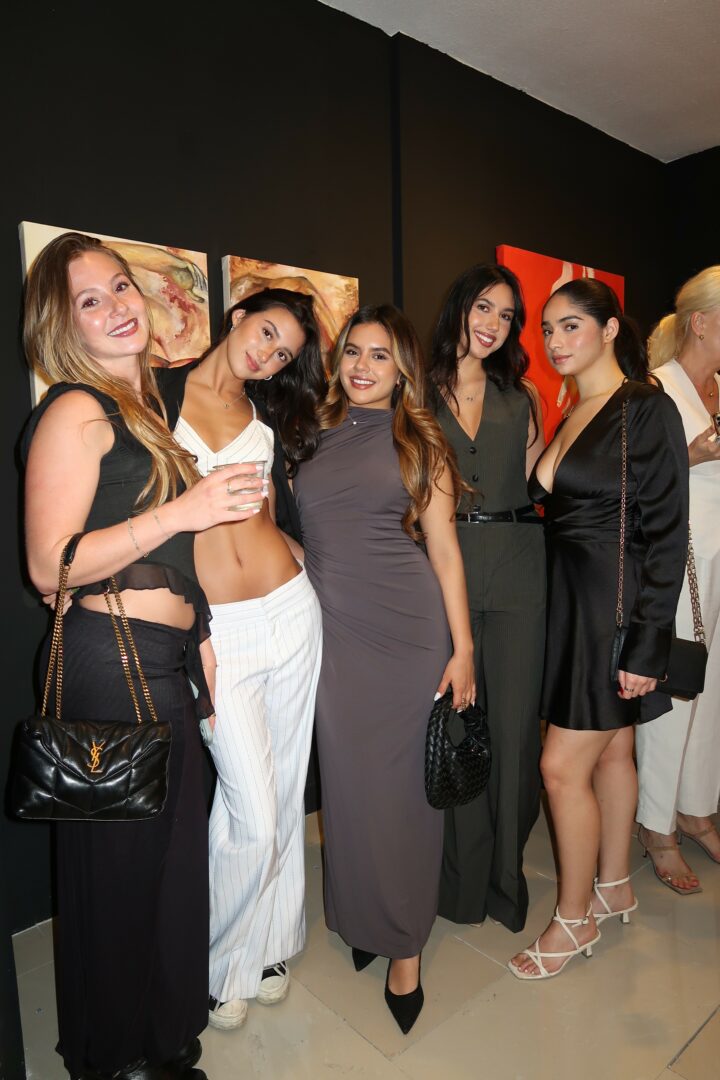
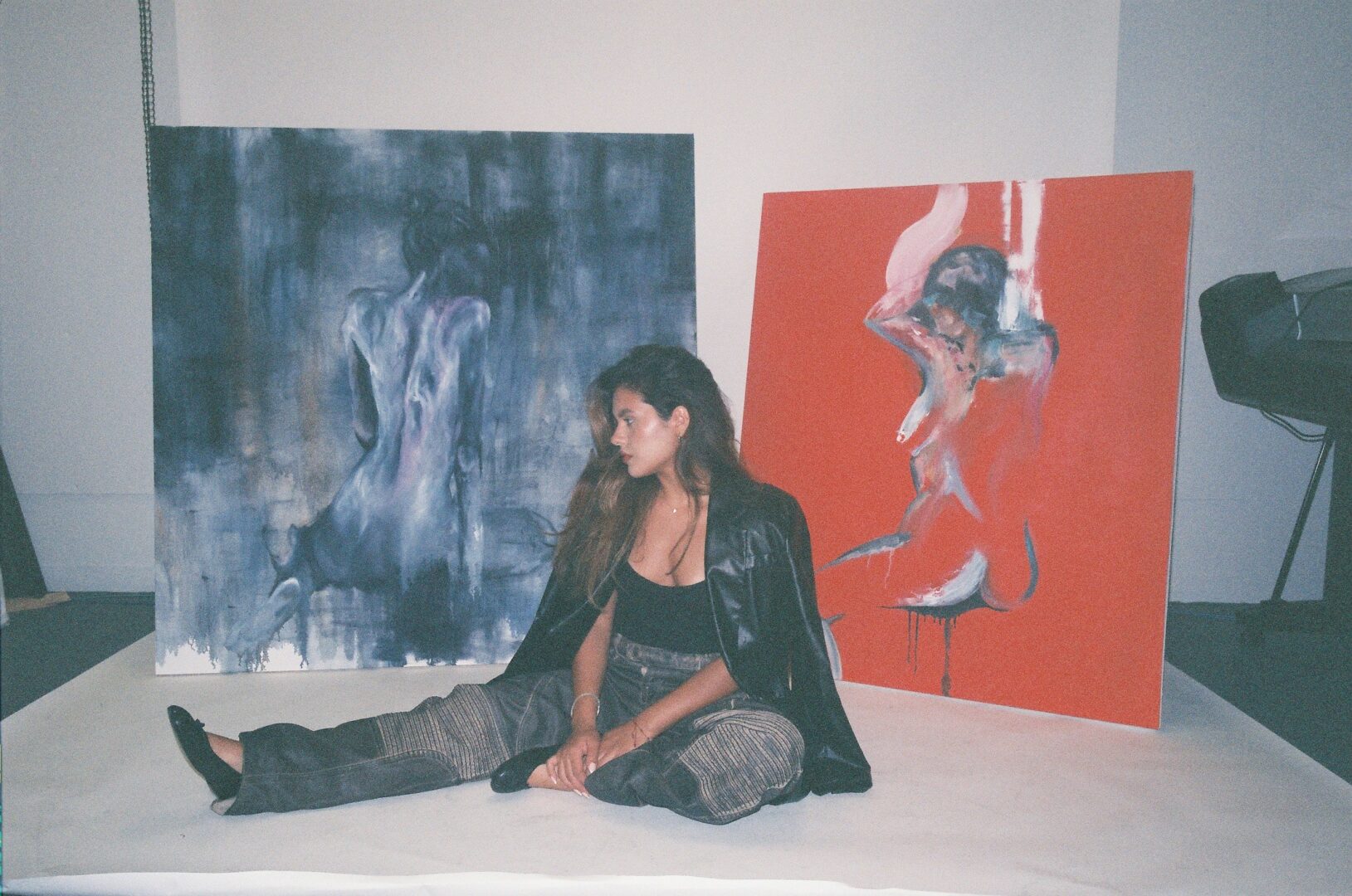
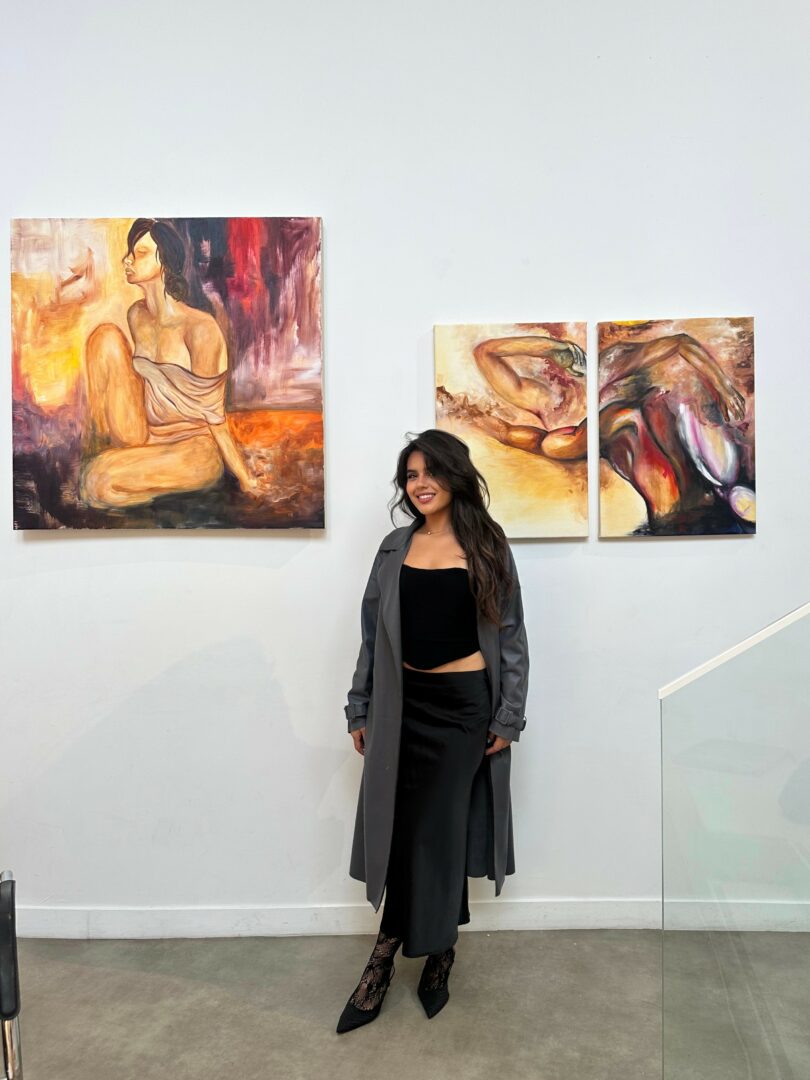
so if you or someone you know deserves recognition please let us know here.

